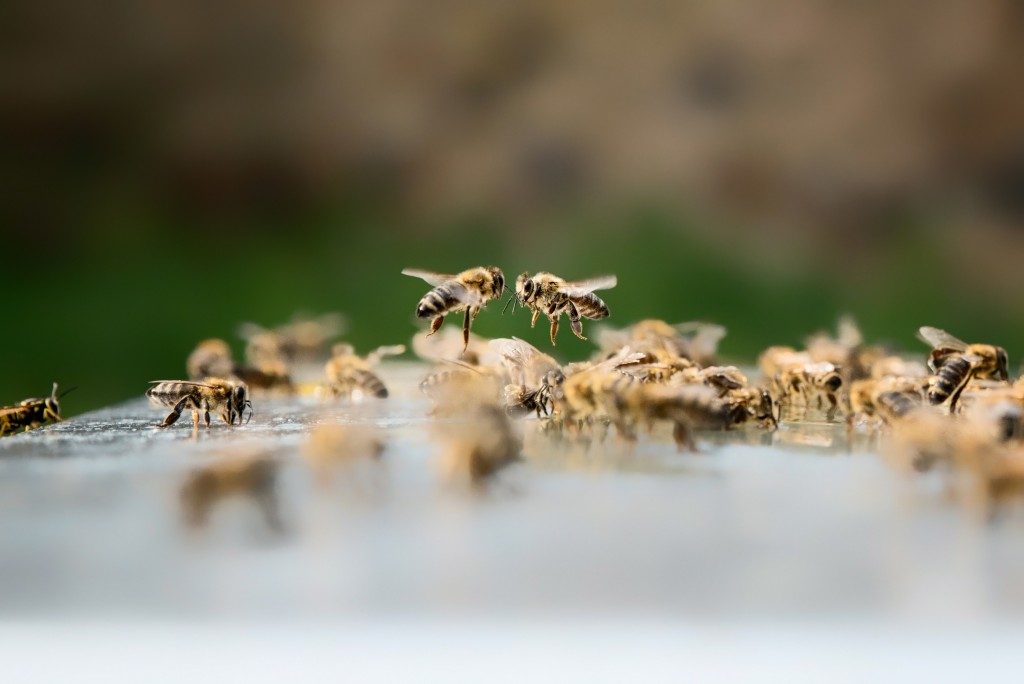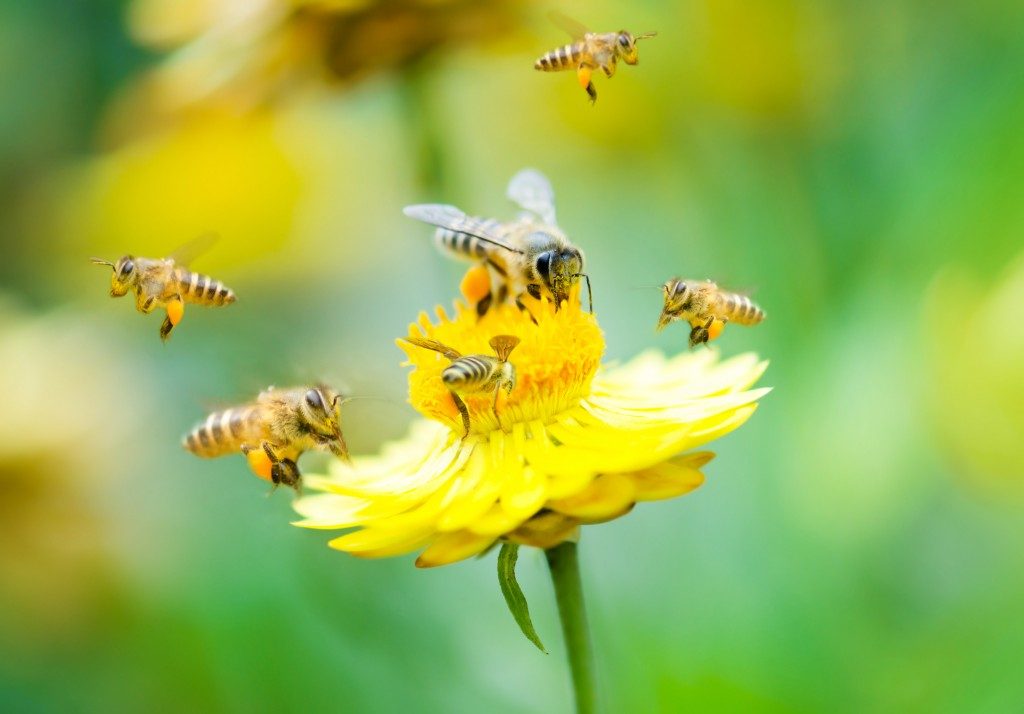For many people, Utah earned the nickname the Beehive State because of its hardworking and young workforce. It, however, may have a different meaning.
Utah, it turns out, has one of the most diverse bee populations in the country. About 900 species thrive in the state, according to a Utah State University study. It means 25% of the bees in the country are here!
Unfortunately, the population of bees in the country is declining. In Utah, there’s an uptick, but it’s only a small percentage higher than the national average. What does it mean then for the state and its economy?
The Value of Bees
Let’s start with the obvious: with bees, the country is able to keep up its production of products such as honey. Americans love to put honey in almost everything, from their drinks to their salad dressings. Some take a spoonful as a form of vitamin C. Others see it as a healthier alternative to artificial or added sugars such as fructose.
The United States consumed as much as 410 million pounds of honey in 2010, according to data from the Department of Agriculture. The demand was so high it needed to import a chunk of the supply. In the same year, honey imports comprised over 51% of the product consumed.
A huge part of your diet also depends on the bees, and it’s not only because they produce honey. The American Beekeeping Foundation revealed these insects are responsible for $20 billion worth of crop production value in the country. These include apples, melons, broccoli and even almonds.
Some of these bees can be semi-domesticated or capable of being trained when it comes to pollination. This becomes another agricultural approach to increasing their yields.
Why Are the Bees Disappearing?

Many experts point to the colony collapse disorder (CCD) as one of the primary reasons. It’s an event where most of the bees leave behind their hive, along with the queen and the immature bees. Eventually, everything in it will die.
According to the Environmental Protection Agency (EPA), it can be due to multiple factors:
- stress experienced by bees during transport to multiple locations
- pests such as varroa mites
- inadequate forage and nutrition
The last one also has many potential causes. In Utah, it can be the changing weather patterns. It may also have something to do with cut trees whose roots can still spread disease in nearby plants and flowers.
What Can You Do?
To be fair, CCD events are at least stabilizing. The number of bee species in Utah is also increasing. But you can still do something to help these hard workers.
- Consider stump grinding in Utah County to officially remove what’s left of cut trees.
- Convert your empty backyard into a garden, which can also improve your curb appeal and property’s resale value.
- Don’t kill the bees. They are usually harmless unless you accidentally or deliberately step on them or destroy their colony. Ask for professional help instead.
- Allow them to forage in the right places. Close off areas where they shouldn’t be in the first place. These can include holes in the walls.
- Avoid using pesticides and herbicides in your garden. It can be great for your non-pollinating plants, too.
- Avoid over-mulching. Bees need dirt, so mulching the entire area prevents them from building their nests.
It takes a village to help take care of the bees and improve their survival, but the little steps you make do count.

